Tork Kratos R review: At long last
We finally ride the long overdue e-bike from Pune-based Tork Motors.
Published on Feb 26, 2022 11:00:00 AM
51,526 Views
Follow us on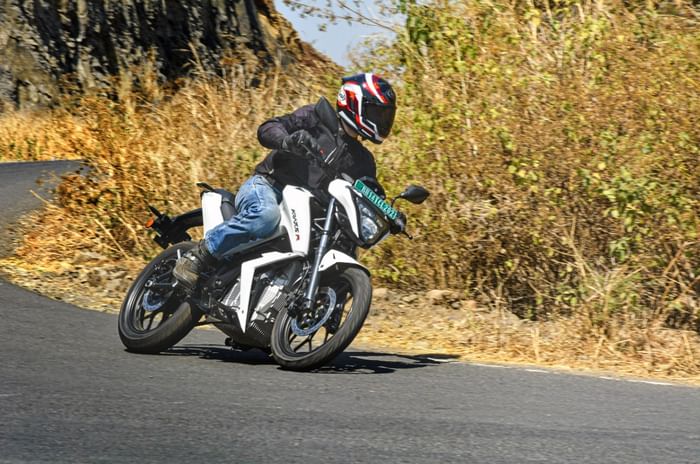
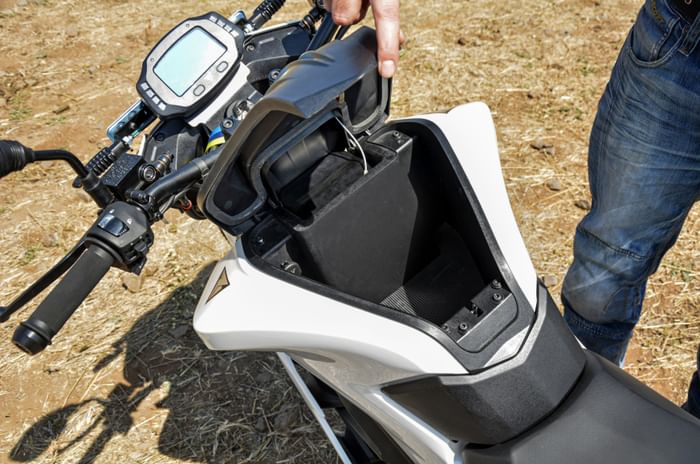
Spacious utility box with a USB port.
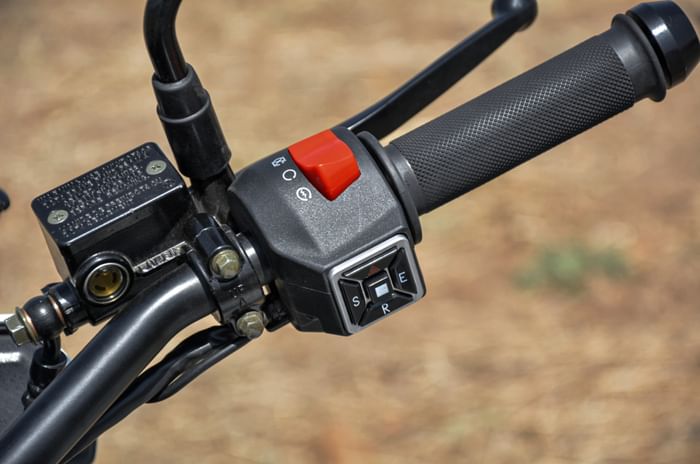
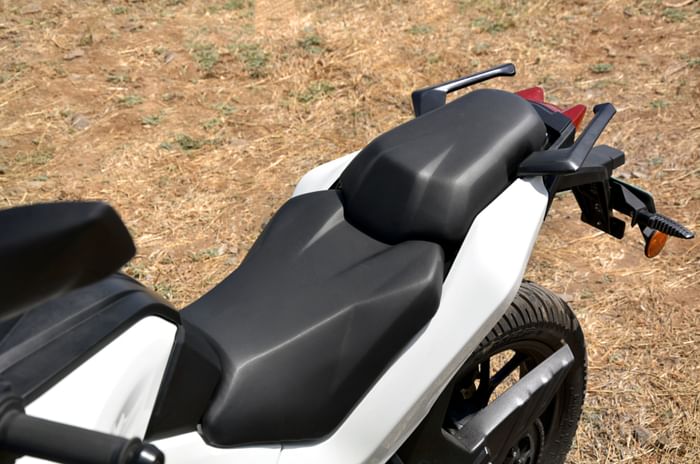
Tork Motors has been making news since 2009, when its founder Kapil Shelke built an electric race bike and it won a third place podium at the Isle of Man TT. Fast forward a few years, and in 2016, the company showed off what looked like a production-ready motorcycle. The T6X, as it was called back then, had a price, and the company even opened bookings, but then, silence.
In the years that followed, Tork faced the typical start-up related challenges of securing funding, and later, it too was hit by the pandemic. But in that time, the T6X also received numerous changes, including a different chassis, and more performance and range than initially promised. It also got a new name. Six years after the T6X, we finally have Tork’s first production motorcycle, the Kratos, and we’ve had the chance to ride it.
Blends in
The bike will be available in two forms – the Kratos and the Kratos R. The one you see here is the latter, which offers a little more performance and a few more features. Visually, the Kratos does have some nice details, like the lightning bolt shaped bodywork at the front, but overall, it’s not a freaky, modern-looking thing. The Kratos will blend into the crowd at a parking lot and most of all, it looks like a full-sized motorcycle.

While it looks conventional from a distance, there are some EV-specific details. For example, because there is no need for a fuel tank, Tork has designed a pretty sizeable storage space in there, along with a USB power outlet. There is also a removable plastic cover on top of the ‘fuel tank’ that’s held in place by magnets, and this will cover the fast charging port on the Kratos R. However, our test bikes didn’t have this port installed and the regular charging port is located on the right side of the motorcycle. Both brake levers are also mounted on the handlebar and there is no foot brake lever.
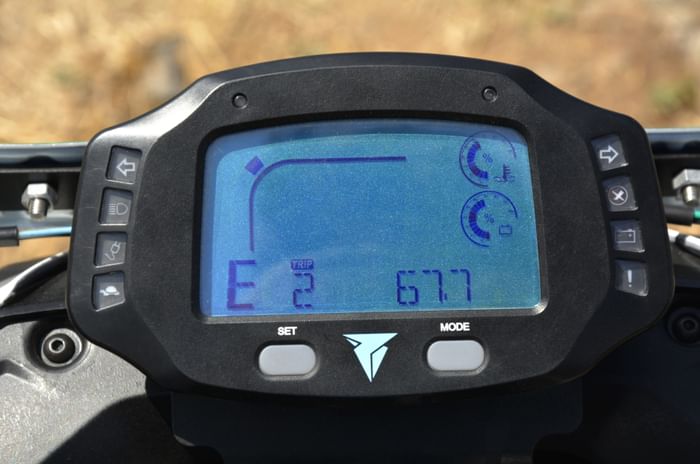
The Kratos is undoubtedly a handsome, striking looking motorcycle, but the general quality, and the fit and finish needs to improve. While some things are nice, like the look and feel of the switchgear, the overall finish and attention to detail is rather basic. You’ll see this in things like the huge gap visible between the rear seat and the bodywork, the exposed wiring for the front indicators and just the general feel of the plastics all over. Tork does tell us that the grainy finish on the black plastics will be more aesthetically pleasing on the bikes that are delivered to customers.
Electric expectations
The Kratos is a completely in-house creation, and that includes the steel trellis chassis. The aluminium battery pack is suspended from this frame and Tork’s axial flux electric motor is mounted behind the battery. Power is sent to the rear wheel via a conventional chain drive system. Both bikes get a different motor, with the R claiming higher peak power (7.5kW vs 9kW) and more torque (28Nm vs 38Nm). Tork claims a 0-40kph time of 4sec and a top speed of 100kph for the Kratos, while the R takes 3.5sec and can hit a top speed of 105kph.
For reference, this performance is similar to what you’ll get with an Ola S1 Pro. The Kratos will come with three riding modes, as well as a reverse function, but our test bikes had just two – Sport and Eco. Initial throttle response in both modes is smooth and quite gentle, but Sport mode feels much quicker in general.
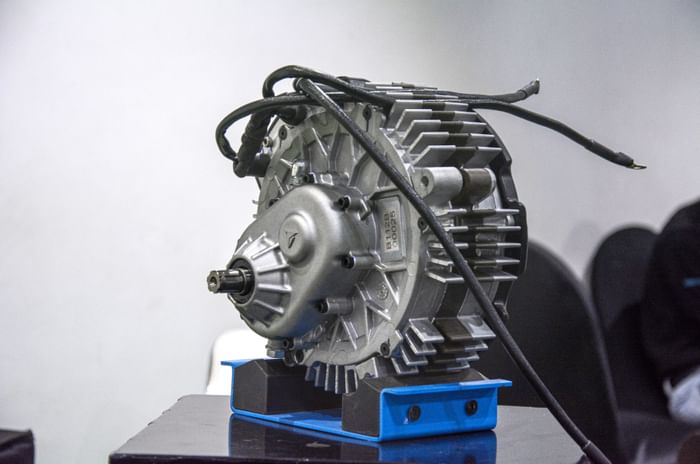
We only got to ride the bike on a stretch of road within a golf resort outside Pune, so a full review of the performance and range will have to wait until later. Nevertheless, both the Kratos and the Kratos R come with a 4kWh battery pack and the company claims a rather decent real-world range of 120km on a full charge.
While the initial impression with this powertrain was quite nice, it, unfortunately, didn’t last very long. The roads we were riding on were quite hilly, and within 10 minutes, the motor started to overheat, which would restrict performance to the point that the bike would no longer be able to climb some of the inclines. This was something that all test bikes at the venue faced, and while the area was undoubtedly hilly, it was also a road that was used by regular commuter motorcycles and automatic scooters without any issues.
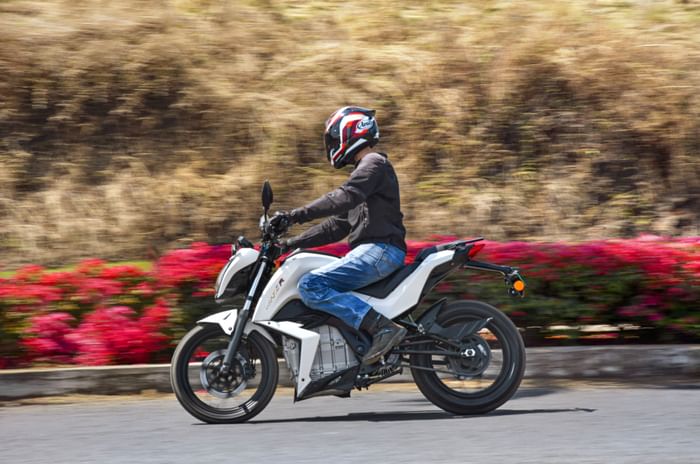
Now, the company says that it is aware of what is causing this issue, and that it is confident of solving it before deliveries begin in April. However, this really does come across as a disappointment and we’re hoping to put the Kratos through a thorough road test as soon as Tork has sorted this out.
Making amends
While the company definitely has its work cut out with this motor, on the bright side, this chassis and the overall suspension set-up is quite nice. The chassis feels stable and the suspension comfort is quite nice. Rough surfaces are absorbed well and it’s only the nasty potholes that send a thud through the 42mm telescopic fork.
Handling is also good fun, with the bike feeling planted and confident, yet agile and entertaining. It reminds us of a well sorted 150-160cc bike in the handling department and that is impressive.
The brakes are by Advik, a Pune-based component manufacturer and you get a disc set-up at the front and rear with a combined braking system. The braking performance is acceptable, but the rear brake started making a loud noise after a while, although this was an issue isolated to just our bike.
Future promises
This being an EV, it’s fair to expect a heap of features, although most of these are enabled by a smartphone app (this wasn’t available for us to experience with the bike). The bike’s LCD display is otherwise quite basic and has the usual readouts for things like distance to empty, trip data and a clock.
The promised features include navigation, OTA updates, a crash alert, smart analytics and much more. The R will also be compatible with fast charging that can add 80 percent charge in an hour.
The company says that the data charges for all these smart features will be free for the first year, followed by a subscription cost of around Rs 250 per month from the second year onwards.
Tork is offering a three year, 40,000km warranty on the bike, and plans to launch it in six cities this year, with Pune being the first. The bikes will be sold via a conventional dealership, but the company will offer a service-at-home facility. The Tork Kratos is priced quite reasonably, with the base model costing Rs 1.08 lakh and the R coming in at Rs 1.23 lakh (ex-showroom, Pune, after national and state level subsidies).
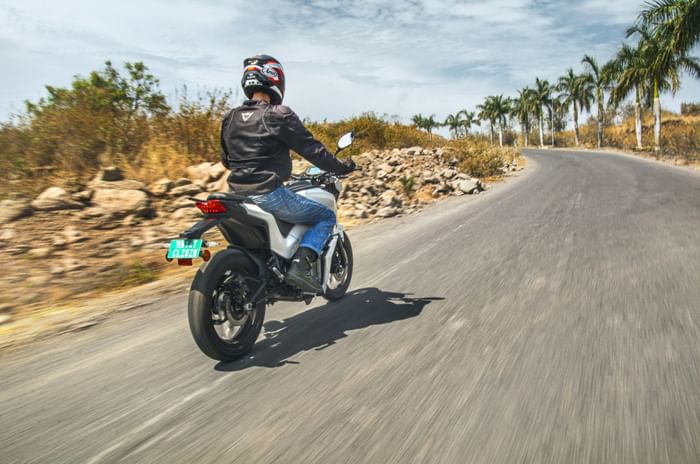
Of course, none of this matters until Tork can sort out the performance of its motor, something we’re hoping happens soon because this bike undoubtedly has a lot of potential. Hopefully, the company will be able to do that without having to further delay its delivery timeline, and we’re looking forward to running a full road test on the bike as soon as it is ready.
Tech Specs 
Copyright (c) Autocar India. All rights reserved.


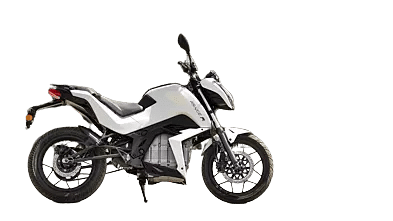

 Wheels and Tyres
Wheels and Tyres Dimensions & Chassis
Dimensions & Chassis Price
Price Engine
Engine Transmission
Transmission Efficiency
Efficiency Suspension
Suspension Brakes
Brakes
Comments
Member Login
Personal Details
No comments yet. Be the first to comment.